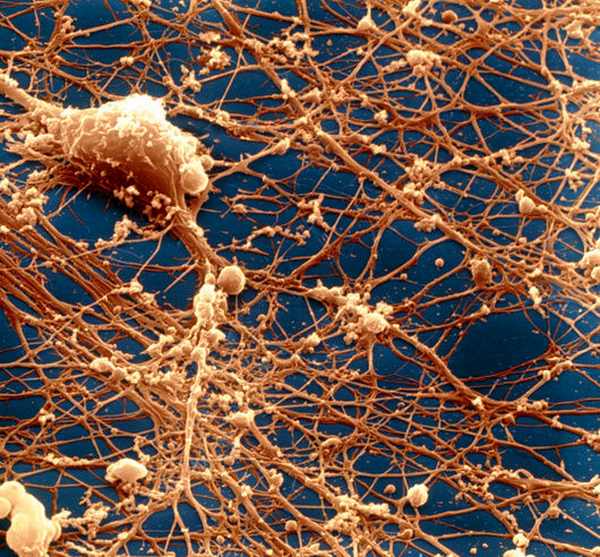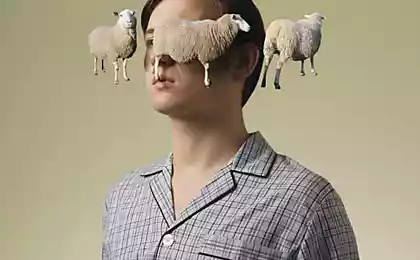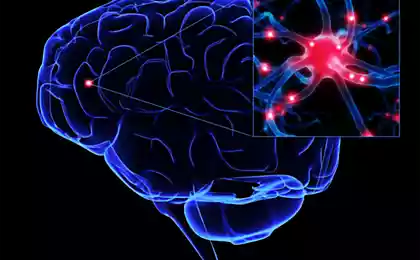1505
Neurons are best grown in triangles

Korean researchers have found interesting geometrical preferences of nerve cells: neurons form axons to the heights of the triangular cell - and make it more readily than the acute angle of the triangle, which limits the cell.
Neurons in our brain are connected in a great variety of neural circuits. Signals are transmitted from cell to cell by branches - the axons and dendrites. Study them in the form in which they are intertwined in the brain, it is possible, but is it possible to simplify the task and reconstruct neural circuit in cell culture? Is it possible to grow neurons so that their processes were drawn in the right direction and is connected to the desired cell?
According to scientists from the Institute of South Korean KAIST, this goal can be achieved if the neurons grow in the triangular holes. It is obvious that make processes of nerve cells to grow in the right side can be for scientists, if we restrict the cell itself - to make sure that she could not produce axons in any direction desired by her. In our experiments we tried to find out what form of cell is most satisfied with the neuron.
They planted cells of rat hippocampus in several patterns: two of them were covered with stellate cells, the remaining cells offered "personal space" as a circle, triangle, square, pentagon and hexagon. It turned out that the best way to control neurons via triangle cells readily agreed to form the axon toward one of the vertices of the triangular cell. In an article published in the Journal of Neural Engineering, scientists write, the more acute the angle of the triangle was, the more likely the axon neurons pulled at him.
What accounts for such geometric tastes of nerve cells is not yet clear. However, this property can be used in modeling a given design neural networks: it is possible to force the neuron outgrowth pull towards a specific cell, if properly arrange the triangular cell relative to each other.
Disadvantages of a strange appearance makes us suspect contagious disease
The terrible sleep paralysis























